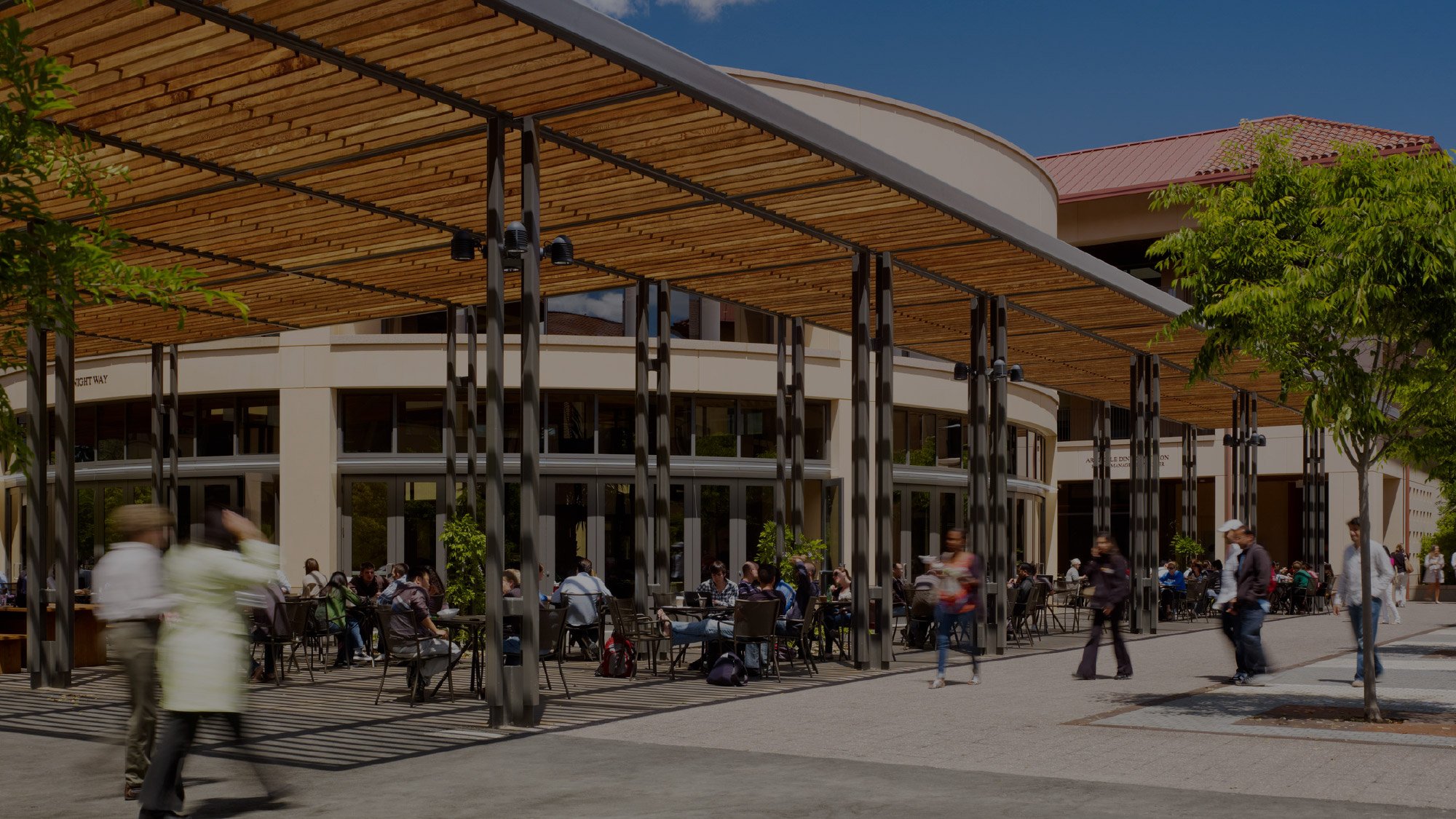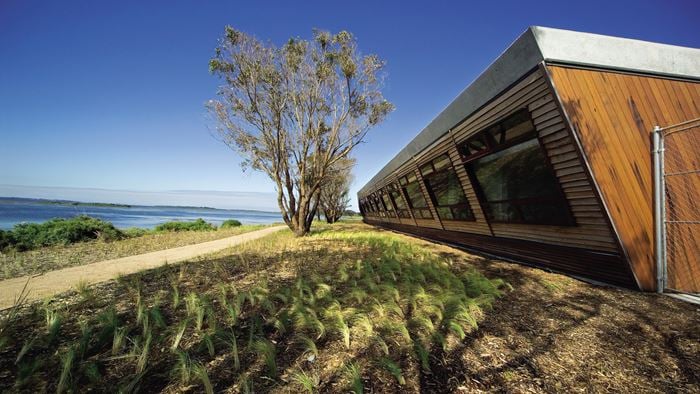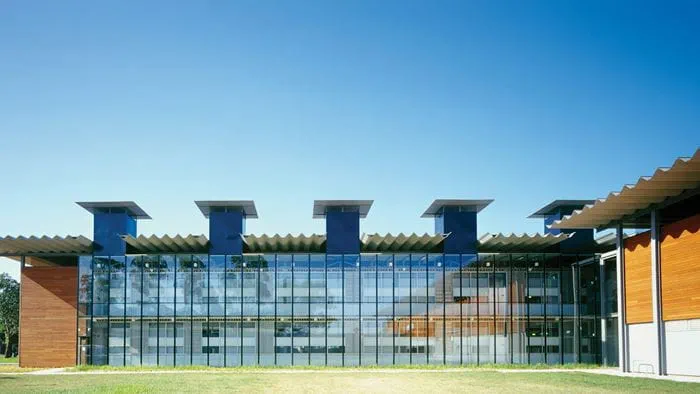Arup’s approach to smart, sustainable building design was perfectly matched with an academic client looking to create the greenest possible campus. Together, our work resulted in a LEED Platinum-quality rating, the highest all-round environmental rating in North America.
Stanford Graduate School of Business (SGSB), widely recognised as the market leader for its faculty of leading scholars, research department and academic prowess, wanted to replace its existing facilities with eight new buildings to form a new campus called The Knight Management Center. Recognising the important role that business plays in the environment, their ambition was simple: reach for the highest-possible sustainability rating.
Project Summary
90% of spaces are lit with natural light
90%cut in water consumption
12.5%campus electricity through solar power
We helped build a strong case for smart building design
Fifteen of North America’s leading sustainability experts assembled under our guidance to plan how to attain the US Green Building Council’s covetable Leadership in Energy and Environmental Design (LEED) “Platinum” certification. We helped demonstrate that smart building design would not only provide the foundations for a successful sustainability strategy but also bring down lifetime running costs.

Keeping it simple and sustainable
We designed long, narrow buildings to allow lots of natural light to flood the space. Combined with glazing and window coatings, these simple initiatives help to reduce planned energy consumption.
Solar panels helped us cut energy costs
We strategically plotted building massing, glazing at head height – to provide both summer shade and winter sun – and created open floor plans to lessen the heating, cooling and ventilation load. Roofs that hold 33kW of solar PV arrays were added to generate 12.5 percent of the campus’ electricity.
“As we train new generations of managerial leaders, we hope that Stanford’s commitment to sustainability will inspire our students to promote sustainable business practices in the future. ” Garth Saloner Dean of the Stanford Graduate School of Business
Water conservation was another crucial consideration
Initiatives included the use of ultra-low-flow plumbing fixtures, reclaiming water to flush toilets, and harvesting rainwater and campus-supplied non-drinkable lake-water for irrigation. In total, the requirement for drinking water was reduced by up to 90 percent.

A blueprint for the future of sustainable design
The end result is a sprawling 336,000ft² site that boasts faculty and staff offices, student common areas, a dining pavilion, seminar and conference rooms, an information centre and an auditorium, opened to fanfare and a flash mob in 2011. True to its vision, the campus was awarded the coveted LEED Platinum-quality rating in 2012, ensuring a sustainable future for the titans of tomorrow.
 ;
;






